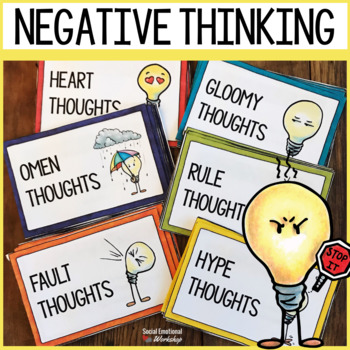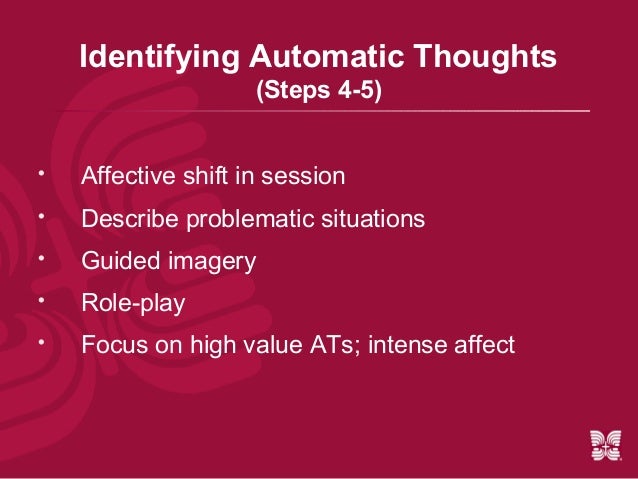

Fortune telling: jumping automatically to a negative outcome.Emotional reasoning: using our emotions to drive facts instead of logic and reason.Jumping to conclusions: thinking that you know what another person is thinking and jumping to a negative interpretation right away.Disqualifying the positive: finding reasons to reject positive information.Frequent use of words like “never” and “always.” “I made one mistake. Overgeneralizing: one small situation is generalized to all situations.This distortion reduces the importance of good things that happen, like awards, recognition, and accolades, while usually giving more value to the negative. Minimizing: the opposite of catastrophizing.In the delightful children’s story, Big Dog, Little Dog, the bird asks the dogs at the end, “Why make big problems out of little problems?” This sentiment helps kids fight against the urge to catastrophize. Jumping to the conclusion that the worst possible thing will always happen, often without facts and evidence. Catastrophizing: seeing small problems as big problems.Examples include “I am a terrible person” or “I like to do everything perfectly.” Black-and-white thinking is neither realistic nor helpful for your child. Things are either great or awful, and they struggle to see shades of gray in other people and situations. Black-and-white thinking: all or nothing, seeing the world in extreme viewpoints.Here is a list of the types of faulty thinking that we refer to as cognitive distortions. Types of Cognitive Distortions in Childhood In the next moment, no one likes them, and they are a social outcast. Acts like they are on an emotional roller coaster: one moment things are great, and their friends are wonderful.Is dramatic in reactions and interpretation: a conflict with a friend leads to sobbing and declaring the end of the world, or going to a busy restaurant is an automatic ‘no, it’ll sound like the walls are caving in on me’.In other words, “making a mountain out of a molehill.” Exaggerates: severely exaggerating problems.Uses a negative filter: almost always sees the glass as half empty, refuses to look on the bright side, and mentally filters the negative while ignoring the positive.Jumping from one extreme to the other: If the store is out of bubblegum ice cream, your child says, “Well, then I don’t want any! This place is stupid!”.Often acting stubborn: giving others only one chance to act the way they want.Absolutes: saying, “Math is evil,” “Everyone hates me,” or “This is the worst day of my life”.Thinking in “black-and-white”: there is no “in the middle”.These behaviors indicate that your child may have cognitive distortions. Symptoms of Cognitive Distortions in Children

Thinking “I had a bad day,” though, implies that tomorrow can be better. By taking an all-or-nothing stance like, “I am a bad person,” your child has little room left for change. It is important to consider different possibilities and have the confidence and energy to try new approaches. Understanding these distortions and thought patterns are considered essential in treating these conditions. Friends and family may feel like they are walking on eggshells.Ĭognitive distortions were introduced by psychologist Aaron Beck years ago to explain patterns of thinking that contribute to anxiety and depression. When a peer makes one mistake, your child may say, “Well, that kid is not my friend anymore.” There is no wiggle room. Your child might not see how situations may have some good and some bad aspects. This kind of thinking is often called ‘automatic thoughts’ and involves rigidity. What are Cognitive Distortions in Childhood?Ĭognitive distortions in childhood are patterns of thinking about things in an inaccurate way that makes the child feel depressed, anxious, or have a lowered self-esteem.


 0 kommentar(er)
0 kommentar(er)
